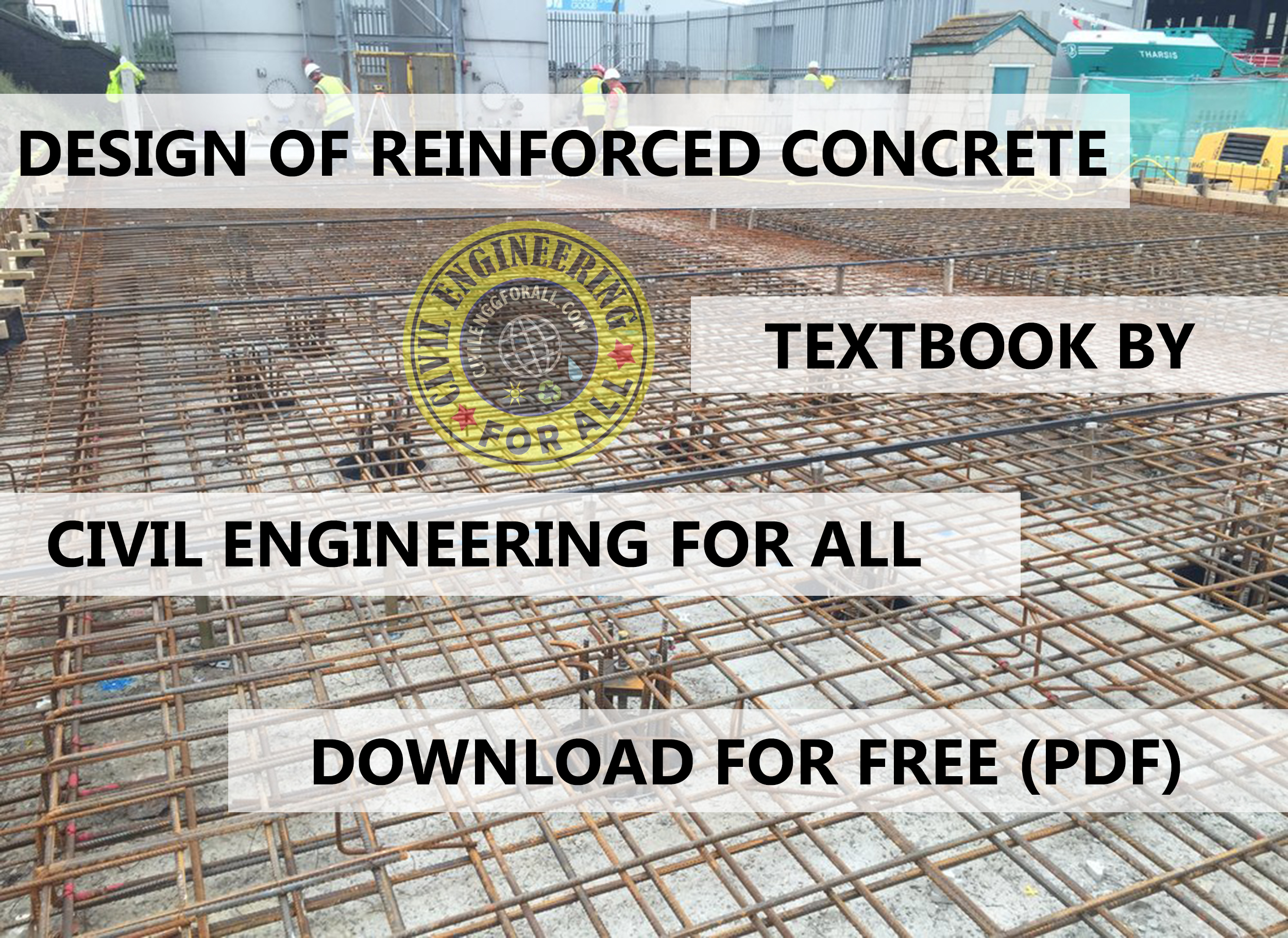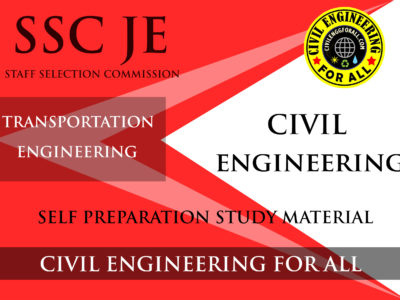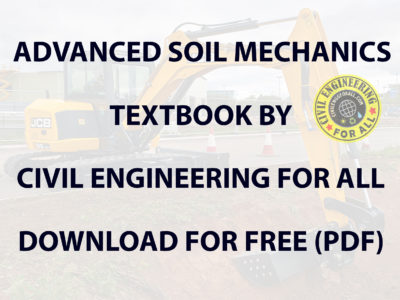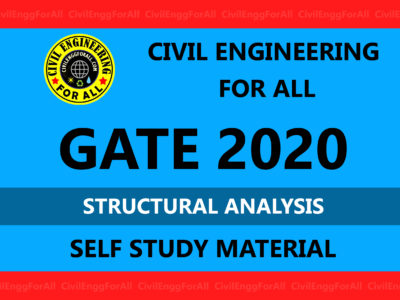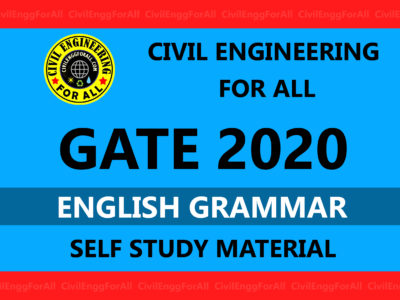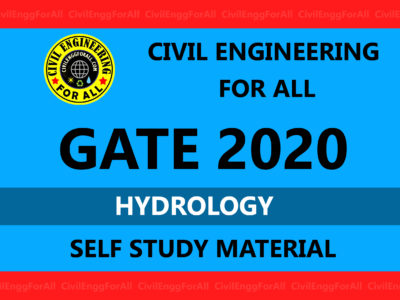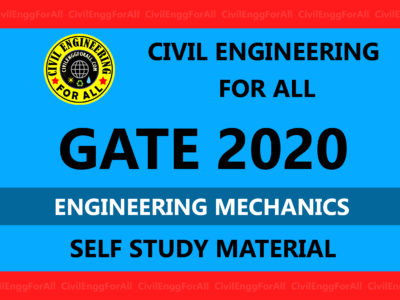
CONTENTS
- Introduction to Reinforced Concrete
- Flexural Analysis of Beams
- Strength Analysis of Beams according to ACI Code
- Design of Rectangular Beams and One-Way Slabs
- Analysis and Design of T Beams and Doubly Reinforced Beams
- Serviceability
- Bond, Development Lengths and Splices
- Shear and Diagonal Tension
- Introduction to Columns
- Design of Short Columns Subject to Axial Load and Bending
- Slender Columns
- Footings
- Retaining Walls
- Continuous Reinforced Concrete Structures
- Tension
- Two-Way Slabs, Direct Design Method
- Two-Way Slabs, Equivalent Frame Method
- Walls
- Prestressed Concrete
- Reinforced Concrete Masonry
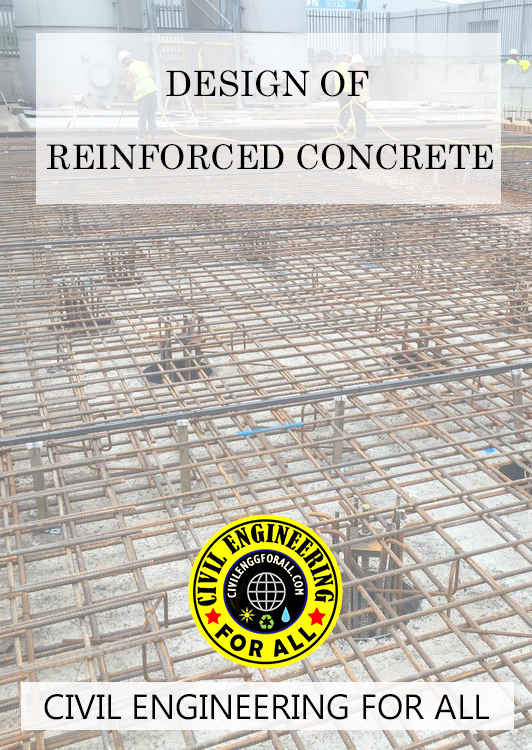
Concrete and Reinforced Concrete
Concrete is a mixture of sand, gravel, crushed rock, or other aggregates held together in a rocklike mass with a paste of cement and water. Sometimes one or more admixtures are added to change certain characteristics of the concrete such as its workability, durability, and time of hardening. As with most rocklike substances, concrete has a high compressive strength and a very low tensile strength. Reinforced concrete is a combination of concrete and steel wherein the steel reinforcement provides the tensile strength lacking in the concrete. Steel reinforcing is also capable of resisting compression forces and is used in columns as well as in other situations.
RCC IES MASTER GATE MATERIAL : CLICK HERE

Advantages of Reinforced Concrete as a Structural Material
Reinforced concrete may be the most important material available for construction. It is used in one form or another for almost all structures, great or small—buildings, bridges, pavements, dams, retaining walls, tunnels, drainage and irrigation facilities, tanks, and so on. The tremendous success of this universal construction material can be understood quite easily if its numerous advantages are considered. These include the following:
- It has considerable compressive strength per unit cost compared with most other materials.
- Reinforced concrete has great resistance to the actions of fire and water and, in fact, is the best structural material available for situations where water is present. During fires of average intensity, members with a satisfactory cover of concrete over the reinforcing bars suffer only surface damage without failure.
- Reinforced concrete structures are very rigid.
- It is a low-maintenance material.
- As compared with other materials, it has a very long service life. Under proper conditions, reinforced concrete structures can be used indefinitely without reduction of their loadcarrying abilities. This can be explained by the fact that the strength of concrete does not decrease with time but actually increases over a very long period, measured in years, because of the lengthy process of the solidification of the cement paste.
- It is usually the only economical material available for footings, floor slabs, basement walls, piers, and similar applications.
- A special feature of concrete is its ability to be cast into an extraordinary variety of shapes from simple slabs, beams, and columns to great arches and shells
- In most areas, concrete takes advantage of inexpensive local materials (sand, gravel, and water) and requires relatively small amounts of cement and reinforcing steel, which may have to be shipped from other parts of the country.
- A lower grade of skilled labor is required for erection as compared with other materials such as structural steel.

RCC ACE GATE MATERIAL : CLICK HERE
Disadvantages of Reinforced Concrete as a Structural Material
To use concrete successfully, the designer must be completely familiar with its weak points as well as its strong ones. Among its disadvantages are the following:
- Concrete has a very low tensile strength, requiring the use of tensile reinforcing.
- Forms are required to hold the concrete in place until it hardens sufficiently. In addition, falsework or shoring may be necessary to keep the forms in place for roofs, walls, floors, and similar structures until the concrete members gain sufficient strength to support themselves. Formwork is very expensive. In the United States, its costs run from one-third to two-thirds of the total cost of a reinforced concrete structure, with average values of about 50%. It should be obvious that when efforts are made to improve the economy of reinforced concrete structures, the major emphasis is on reducing formwork costs.
- The low strength per unit of weight of concrete leads to heavy members. This becomes an increasingly important matter for long-span structures, where concrete’s large dead weight has a great effect on bending moments. Lightweight aggregates can be used to reduce concrete weight, but the cost of the concrete is increased.
- Similarly, the low strength per unit of volume of concrete means members will be relatively large, an important consideration for tall buildings and long-span structures.
- The properties of concrete vary widely because of variations in its proportioning and mixing. Furthermore, the placing and curing of concrete is not as carefully controlled as is the production of other materials, such as structural steel and laminated wood.
RCC ACE GATE NOTES : CLICK HERE

Compatibility of Concrete and Steel
Concrete and steel reinforcing work together beautifully in reinforced concrete structures. The advantages of each material seem to compensate for the disadvantages of the other. For instance, the great shortcoming of concrete is its lack of tensile strength, but tensile strength is one of the great advantages of steel. Reinforcing bars have tensile strengths equal to approximately 100 times that of the usual concretes used.
The two materials bond together very well so there is little chance of slippage between the two; thus, they will act together as a unit in resisting forces. The excellent bond obtained is the result of the chemical adhesion between the two materials, the natural roughness of the bars, and the closely spaced rib-shaped deformations rolled onto the bars’ surfaces.
Reinforcing bars are subject to corrosion, but the concrete surrounding them provides them with excellent protection. The strength of exposed steel subjected to the temperatures reached in fires of ordinary intensity is nil, but enclosing the reinforcing steel in concrete produces very satisfactory fire ratings. Finally, concrete and steel work well together in relation to temperature changes because their coefficients of thermal expansion are quite close. For steel, the coefficient is 0.0000065 per unit length per degree Fahrenheit, while it varies for concrete from about 0.000004 to 0.000007 (average value: 0.0000055).
RCC MADE EASY GATE NOTES : CLICK HERE

Types of Portland Cement
Type I—The common, all-purpose cement used for general construction work.
Type II—A modified cement that has a lower heat of hydration than does Type I cement and that can withstand some exposure to sulfate attack.
Type III—A high-early-strength cement that will produce in the first 24 hours a concrete with a strength about twice that of Type I cement. This cement does have a much higher heat of hydration.
Type IV—A low-heat cement that produces a concrete which generates heat very slowly. It is used for very large concrete structures.
Type V—A cement used for concretes that are to be exposed to high concentrations of sulfate.

Admixtures
Materials added to concrete during or before mixing are referred to as admixtures. They are used to improve the performance of concrete in certain situations as well as to lower its cost. There is a rather well-known saying regarding admixtures, to the effect that they are to concrete as beauty aids are to the populace. Several of the most common types of admixtures are listed and briefly described here.
- Air-entraining admixtures, conforming to the requirements of ASTM C260 and C618, are used primarily to increase concrete’s resistance to freezing and thawing and provide better resistance to the deteriorating action of deicing salts. The air-entraining agents cause the mixing water to foam, with the result that billions of closely spaced air bubbles are incorporated into the concrete. When concrete freezes, water moves into the air bubbles, relieving the pressure in the concrete. When the concrete thaws, the water can move out of the bubbles, with the result that there is less cracking than if air entrainment had not been used.
- The addition of accelerating admixtures, such as calcium chloride, to concrete will accelerate its early strength development. The results of such additions (particularly useful in cold climates) are reduced times required for curing and protection of the concrete and the earlier removal of forms. (Section 3.6.3 of the ACI Code states that because of corrosion problems, calcium chloride may not be added to concretes with embedded aluminum, concretes cast against stay-in-place galvanized steel forms, or prestressed concretes.) Other accelerating admixtures that may be used include various soluble salts as well as some other organic compounds.
- Retarding admixtures are used to slow the setting of the concrete and to retard temperature increases. They consist of various acids or sugars or sugar derivatives. Some concrete truck drivers keep sacks of sugar on hand to throw into the concrete in case they get caught in traffic jams or are otherwise delayed. Retarding admixtures are particularly useful for large pours where significant temperature increases may occur. They also prolong the plasticity of the concrete, enabling better blending or bonding of successive pours. Retarders can also slow the hydration of cement on exposed concrete surfaces or formed surfaces to produce attractive exposed aggregate finishes.
- Superplasticizers are admixtures made from organic sulfonates. Their use enables engineers to reduce the water content in concretes substantially while at the same time increasing their slumps. Although superplasticizers can also be used to keep water–cement ratios constant while using less cement, they are more commonly used to produce workable concretes with considerably higher strengths while using the same amount of cement. A relatively new product, self-consolidating concrete, uses superplasticizers and modifications in mix designs to produce an extremely workable mix that requires no vibration, even for the most congested placement situations.
- Waterproofing materials usually are applied to hardened concrete surfaces, but they may be added to concrete mixes. These admixtures generally consist of some type of soap or petroleum products, as perhaps asphalt emulsions. They may help retard the penetration of water into porous concretes but probably don’t help dense, well-cured concretes very much.
DESIGN OF REINFORCED CONCRETE TEXTBOOK BY CIVILENGGFORALL PDF
DOWNLOAD LINK : CLICK HERE
PASSWORD : CivilEnggForAll
OTHER USEFUL BOOKS
- RAJASTHAN STAFF SELECTION BOARD (RSSB) JUNIOR ENGINEER DIPLOMA CIVIL ENGINEERING EXAM 2022 – HINDI & ENGLISH MEDIUM SOLVED PAPER – FREE DOWNLOAD PDF (CivilEnggForAll.com)
- ISRO TECHNICAL ASSISTANT EXAM 2022 – CIVIL ENGINEERING – HINDI & ENGLISH MEDIUM – SOLVED PAPER – FREE DOWNLOAD PDF (CivilEnggForAll.com)
- MADHYA PRADESH PUBLIC SERVICE (MPPSC) COMMISSION – ASSISTANT ENGINEER EXAM – MPPSC AE 2021 CIVIL ENGINEERING – SOLVED PAPER WITH EXPLANATIONS – PDF FREE DOWNLOAD
- BIHAR PUBLIC SERVICE COMMISSION (BPSC) ASSISTANT ENGINEER EXAM – 2022 – CIVIL ENGINEERING – SOLVED PAPER – FREE DOWNLOAD PDF (CivilEnggForAll.com)
- ODISHA PUBLIC SERVICE COMMISSION – OPSC AEE PANCHAYATI RAJ EXAM 2021 – SOLVED PAPER WITH EXPLANATION – FREE DOWNLOAD PDF

